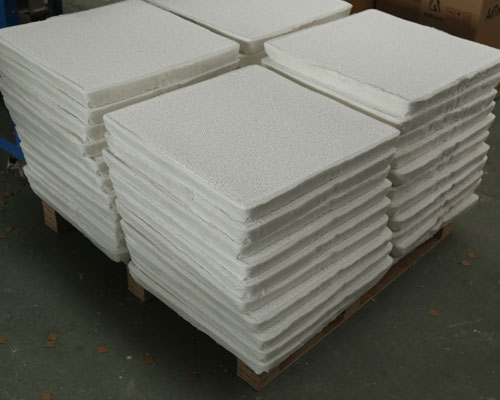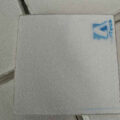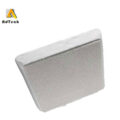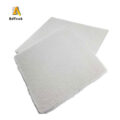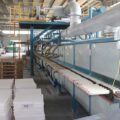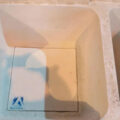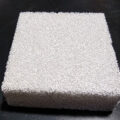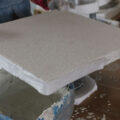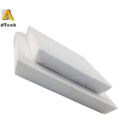The ceramic foam filter (CFF) is a proven high-quality filter that provides the ultimate molten aluminum filtration. The ceramic foam filter is easy to install and provides an excellent solution for removing oxides.
Ceramic foam filter is a phosphate-free high alumina-based product, which is characterized by high porosity, mechanical and chemical stability, and excellent heat resistance and corrosion resistance to molten aluminum. It can effectively remove inclusions and reduce retention In the process of laminar flow, it provides laminar flow to filter molten aluminum. In the process of processing, it is processed to strict dimensional tolerances. The combination of physical properties and precise tolerances makes them the first choice for molten non-ferrous metal filtration.
For the processing of molten metal, it is necessary to remove foreign intermetallic inclusions, such as impurities from raw materials, slag, scum, and oxide formed on the surface of the melt, and small refractory materials used to form alloys. A chamber or container in which a molten metal melt is formed.
Removal of these inclusions will form a uniform melt, thereby ensuring the high quality of the product, especially in the casting of aluminum. Currently, CFF molten aluminum filtration is widely used due to their extremely high resistance to extreme thermal shock due to their resistance to chemical corrosion and their ability to resist mechanical stress.
The production of such ceramic foam filters usually involves mixing ceramic powder with a suitable organic binder and water to prepare a paste or slurry. The slurry is used to impregnate polyurethane foam, which is then dried and calcined in a temperature range of 1000 to 1700°C. Through this treatment, combustible materials are burned off during the sintering process to produce a porous body.
Ceramic foam filter is a new industrial ceramic products with low bulk density (0.25 ~ 0.65) g/cm3, high porosity (60% ~ 90%), and three-dimensional reticulated structure. As ceramic foam has excellent properties such as: high temperature resistance, strong chemical corrosion resistance, and large surface area as a result of high porosity, it is widely used in molten metal filtration to remove undesirable nonmetallic inclusions in the melt.

